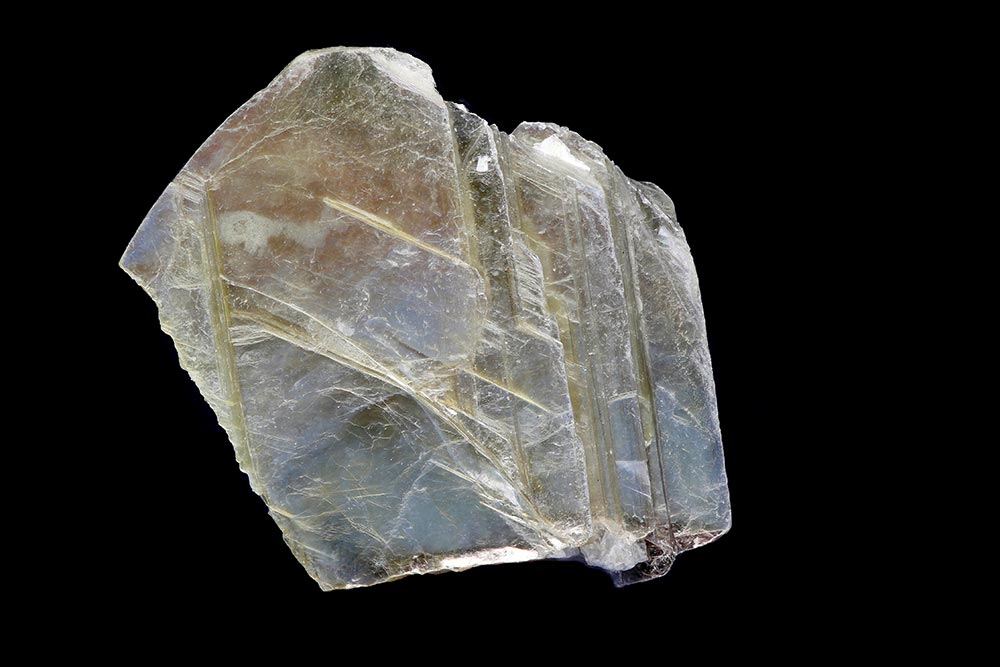Introduction and application of non-metallic powder – mica powder

Mica is a general term for mica group minerals. It is an aluminosilicate of metals such as potassium, magnesium, iron, and lithium. The structure is all layered. From the perspective of formation, it can be divided into two types: natural mica and artificial mica. Natural mica mines mainly include biotite, phlogopite, muscovite, lepidolite, sericite, green mica, iron lepidolite, etc. Muscovite, sericite, phlogopite and lepidolite are the most widely used in industry. Synthetic mica is a component that people imitate mica. Metal oxides are mixed according to a certain proportion and then melted at high temperature. During the cooling process, they recrystallize to form pure mica crystals.
1. Muscovite
Muscovite is the most used in industry. Ultrafine mica powder can be used as functional fillers in plastics, paints, paints, rubbers, etc., which can improve their mechanical strength, enhance toughness, adhesion, anti-aging and corrosion resistance. In the industry, it is mainly used for its insulation and heat resistance, as well as acid resistance, alkali resistance, compression resistance and peeling properties, and is used as an insulating material for electrical equipment and electrical equipment; secondly, it is used to manufacture steam boilers and furnaces for smelting furnaces Windows and mechanical parts. Mica chips and mica powder can be processed into mica paper, and can also replace mica sheets to produce various insulating materials with low cost and uniform thickness.
2. Sericite
The mineral aggregates of sericite are rose, flesh red, gray green, light gray purple, gray-dark gray and so on. But the powder is all white. When iron enters the lattice, the powder is white with gray, and the whiteness decreases accordingly. Sericite is in the form of fine scales (generally <0.01mm) and has a distinct slippery feel. Sericite has a strong silk luster, transparent to translucent. It has moderate light transmittance and covering rate, and has the ability to reflect ultraviolet rays. The above properties determine the uniqueness of sericite application. Because sericite is generally in the shape of small scales, it is widely used in the coating industry, paper industry, daily chemical industry and rubber and plastic industry.
3. Phlogopite
Natural phlogopite has dark phlogopite and light phlogopite. Phlogopite is characterized by complete cleavage of the mica, a yellow-brown color and golden-like reflections. It is widely used in building material industry, fire protection industry, fire extinguishing agent, welding rod, plastic, electrical insulation, paper making, asphalt paper, rubber, pearlescent pigment and other chemical industries.
4. Synthetic mica
Synthetic mica, also known as fluorine phlogopite, is made by imitating the composition and structure of natural mica and using quartz and other raw materials through high temperature melting and constant temperature crystallization. Compared with natural mica, synthetic mica is less restricted by natural resource conditions, its structure is similar to natural mica, and its purity, transparency, insulation and high temperature resistance are better than natural mica, so it can be completely used in some industrial applications. Replacing or even surpassing natural mica, it has strong vitality and development prospects. It is a new material of artificially synthesized flaky non-metallic crystals with strategic significance. The current main purpose of synthetic mica is to crush mica into mica powder of various particle sizes. Its application industries include coatings, rubber, plastics, mica paper, mica ceramics, special synthetic wave-absorbing materials, synthetic mica electric heating plates, machinable ceramics and Synthetic mica pearlescent pigments and other applications.
Advantages of dry grinding
1. The production process is simple, without excessive equipment and long production lines;
2. No need for water and heat energy, less energy demand;
3. Compared with the wet method, the price of the final product is low, and the cost performance is higher for some less demanding filler grade products;
4. The production efficiency is relatively higher than that of the wet method.
